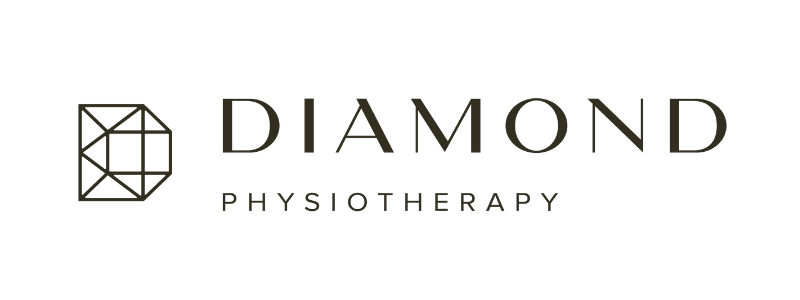Too much too soon
With the welcome arrival of summer, many people are tackling outside chores such as gardening, cutting the grass, and weed whacking. All these tasks put a very unique demand on the musculoskeletal system after winter hibernation.
It's not so much that people cause injuries or significant damage to tissue, but patients do start to experience pain because their body isn't used to the new activity.
While it's hard not to get excited about the nice weather, we quickly forget how sedentary we’ve been throughout the winter. I mean, why not trim and plant my whole garden in one day because of course, that feeling of accomplishment is awesome! But we can find ourselves struggling afterwards with pain from excessive new movement.
Some of the most common injuries I see as a result of this:
tennis elbow - So pain on the outside of your elbow with gripping or turning a door handle, extending your wrist like lifting it up, or swinging a hammer
shoulder pain - So trimming trees, branches overhead work that perhaps you weren't doing in the winter but are now doing can cause some irritation to the shoulder and rotator cuff and lastly, another one is
low back pain - Now this is mostly caused by increases in prolonged flexion. So bending over at your back from weeding the garden, hoe in the garden planting plants, and just doing those activities outside bent over, that your body is potentially not used to.
My advice is to just gradually build up to the activity that you want to do. So instead of maybe tackling that garden and planting all your plants in one day, set out a schedule. Maybe plant the tomatoes today, the potatoes next, or give it a couple days and plant the next plant and so on. That way you're spacing it out and not putting such a high demand on your muscles, joints and tendons.
Another thing to consider is how you're performing these activities. There are proper ways to lift and turn that can decrease your risk of tennis elbow, shoulder pathology and low back pain. And if you are experiencing symptoms of discomfort, simple stretches or strengthening exercises will help to build your body's tolerance to these activities. As well, some hands on treatment such as physiotherapy or massage therapy can aid in short term symptoms and get you back to what you need to be, or want to be doing during the summer months.
I hope you will use this information to stop and think before you take on “too much too soon”. We are always available to answer your questions, give advice or provide any treatment needed to help you along.
Enjoy the long awaited Canadian summer ☀️
Jamie Deloyer
Registered Physiotherapist



